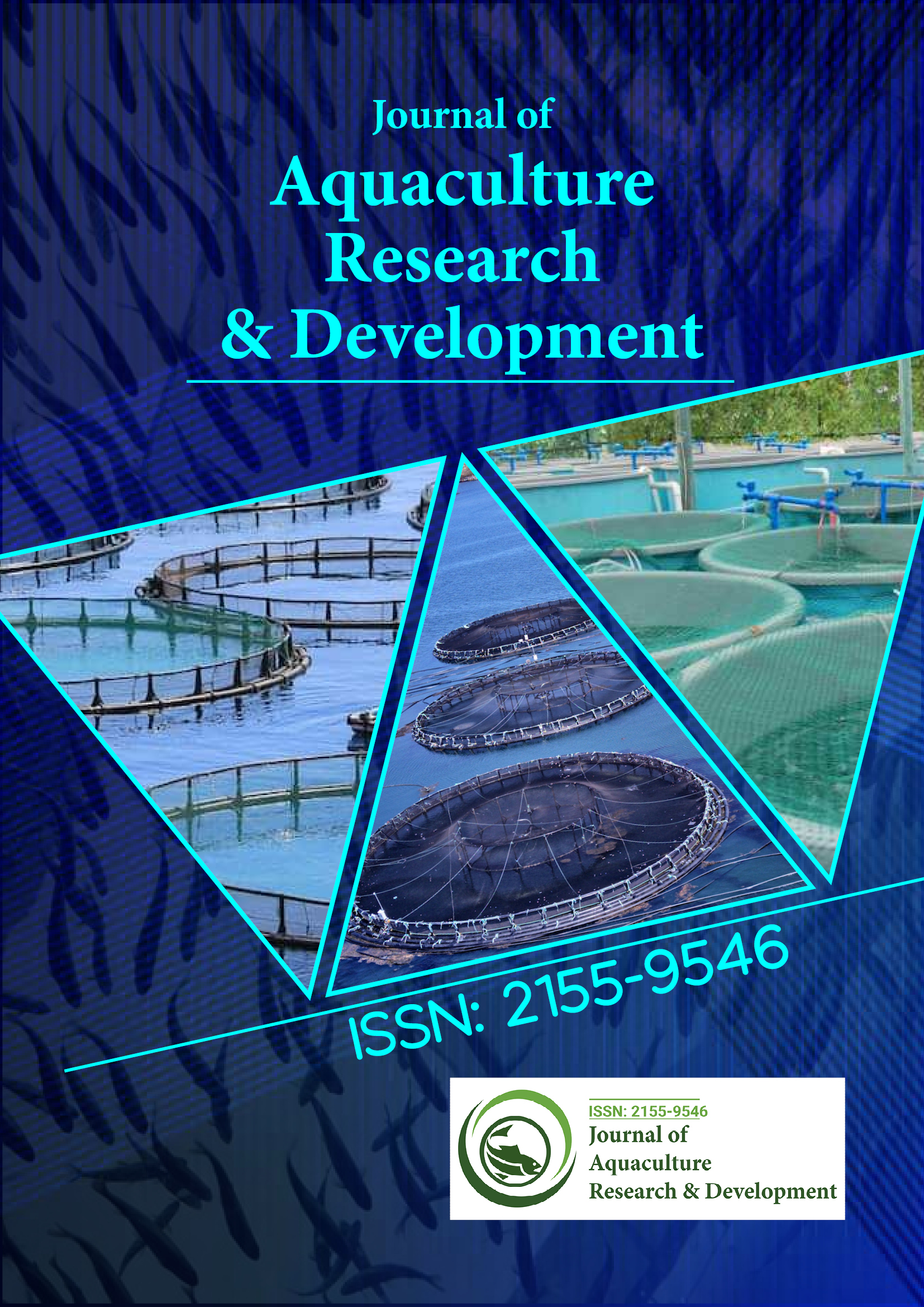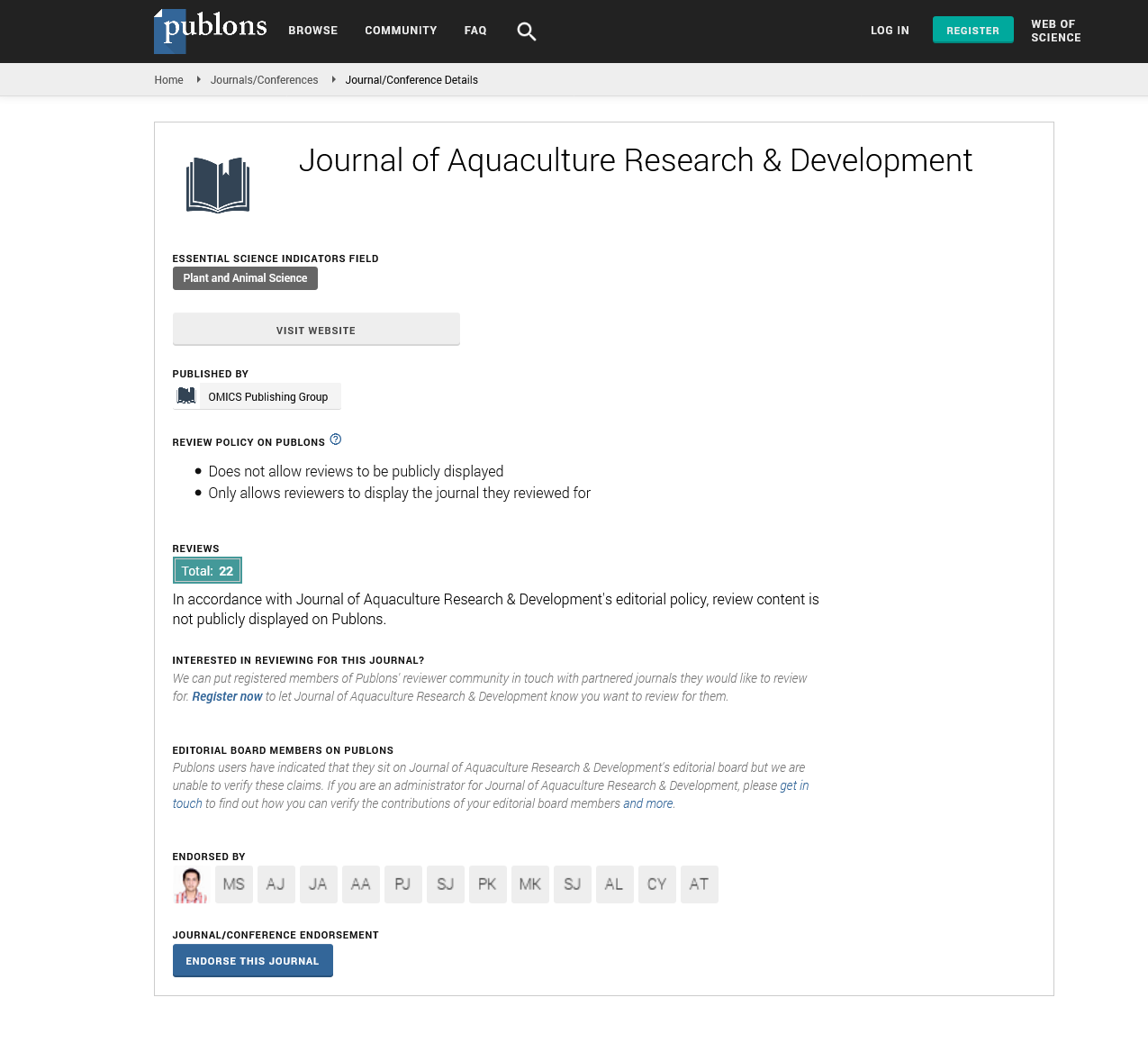Indexed In
- Online Access to Research in the Environment (OARE)
- Open J Gate
- Genamics JournalSeek
- JournalTOCs
- Scimago
- Ulrich's Periodicals Directory
- Access to Global Online Research in Agriculture (AGORA)
- Electronic Journals Library
- Centre for Agriculture and Biosciences International (CABI)
- RefSeek
- Directory of Research Journal Indexing (DRJI)
- Hamdard University
- EBSCO A-Z
- OCLC- WorldCat
- Scholarsteer
- SWB online catalog
- Virtual Library of Biology (vifabio)
- Publons
- MIAR
- University Grants Commission
- Euro Pub
- Google Scholar
Useful Links
Share This Page
Journal Flyer

Open Access Journals
- Agri and Aquaculture
- Biochemistry
- Bioinformatics & Systems Biology
- Business & Management
- Chemistry
- Clinical Sciences
- Engineering
- Food & Nutrition
- General Science
- Genetics & Molecular Biology
- Immunology & Microbiology
- Medical Sciences
- Neuroscience & Psychology
- Nursing & Health Care
- Pharmaceutical Sciences
Perspective - (2024) Volume 15, Issue 12
Establishing Thresholds for Bycatch in Commercial Fisheries for Vulnerable Marine Ecosystems
Edward Tang*Received: 27-Nov-2024, Manuscript No. JARD-24-27738; Editor assigned: 29-Nov-2024, Pre QC No. JARD-24-27738 (PQ); Reviewed: 13-Dec-2024, QC No. JARD-24-27738; Revised: 20-Dec-2024, Manuscript No. JARD-24-27738 (R); Published: 27-Dec-2024, DOI: 10.35248/2155-9546.24.15.940
Description
Vulnerable Marine Ecosystems (VMEs) are critical for maintaining biodiversity and ecosystem functions in the world's oceans. These ecosystems, often characterized by fragile habitats like coral reefs, deep-sea sponges and seamounts, support a diverse array of marine life, including species vital to commercial fisheries. However, they are increasingly threatened by bycatch, the unintentional capture of non-target species during fishing activities. Setting and enforcing thresholds for bycatch is essential to reduce the impact of commercial fisheries on VMEs while ensuring sustainable fishing practices.
Bycatch occurs when non-target species, including fish, invertebrates and marine mammals, are caught during fishing operations. In VMEs, this can result in significant ecological harm, as many of the organisms found in these habitats are slow growing, long-lived and highly sensitive to disturbance. For instance, deep-sea corals and sponges can take decades or even centuries to recover from damage.
Establishing bycatch thresholds quantitative limits on the amount of bycatch allowed during fishing operations is a key management tool to protect these ecosystems. Such thresholds serve multiple purposes. They help prevent the depletion of vulnerable species and habitats. By preserving ecosystem functions, thresholds ensure the long-term viability of fisheries. They provide clear guidelines for fishers, enabling enforcement of regulations. The type of fishing gear used has a significant impact on bycatch rates. Bottom trawling, for example, is particularly destructive to VMEs as it drags heavy equipment along the seafloor, damaging habitats and capturing non-target species. In contrast, selective fishing methods, such as hook-andline or traps, tend to have lower bycatch rates. Fishing in areas with high biodiversity, such as coral reefs or seamounts, increases the likelihood of bycatch. Depth also plays a role, as deeper habitats often host unique species that are more vulnerable to disturbance. Identifying and mapping these sensitive areas is critical for setting effective thresholds. The behavior and ecology of both target and non-target species influence bycatch rates. For instance, schooling fish may be easier to target selectively, while solitary species are more prone to incidental capture. Understanding these dynamics helps refine management strategies. The frequency and scale of fishing operations directly affect the amount of bycatch. Intensive fishing in a small area can quickly exceed sustainable bycatch limits, underscoring the need for spatial and temporal management measures.
Accurate data on species composition, abundance and bycatch rates is often lacking, particularly for deep-sea VMEs. This hinders the ability to set science-based thresholds. Additionally, bycatch is frequently underreported, further complicating efforts to assess its impact. VMEs are highly diverse, with different habitats requiring unique management approaches. A one-sizefits- all threshold may not be effective, necessitating tailored limits for specific regions and fisheries. Restricting bycatch can affect the profitability of commercial fisheries, particularly in areas where bycatch comprises a significant portion of the catch. Balancing economic and ecological objectives is a persistent challenge for policymakers. Monitoring and enforcing bycatch thresholds in vast ocean areas is logistically challenging. Illegal, Unreported and Unregulated (IUU) fishing further exacerbates this issue. Turtle Excluder Devices (TEDs) in trawl nets allow sea turtles to escape while retaining target species. Bycatch Reduction Devices (BRDs) are designed to exclude non-target fish and invertebrates. Circle hooks are less likely to catch non-target species compared to traditional J-hooks. Research and development of gear modifications should be prioritized to minimize the impact on VMEs.
Designating Marine Protected Areas (MPAs) around sensitive habitats can effectively limit bycatch. Seasonal closures, no-take zones and buffer zones further reduce fishing pressure on VMEs. For example, restricting trawling in deep-sea coral regions has proven effective in several parts of the world.
Deploying onboard observers or electronic monitoring systems ensures compliance with bycatch thresholds. These programs can provide valuable data on bycatch rates and species composition, informing adaptive management strategies.
Financial incentives, such as subsidies for adopting eco-friendly gear or penalties for exceeding bycatch limits, can encourage compliance. Certification programs, like the Marine Stewardship Council (MSC), reward sustainable fishing practices with market access and consumer recognition.
Since many VMEs span international waters, cooperation among nations is essential. Regional Fisheries Management Organizations (RFMOs) play a critical role in setting and enforcing bycatch thresholds in shared ecosystems. Collaborative research and data-sharing initiatives further enhance the effectiveness of these efforts.
Citation: Tang E (2024). Establishing Thresholds for Bycatch in Commercial Fisheries for Vulnerable Marine Ecosystems. J Aquac Res Dev. 15:940.
Copyright: © 2024 Tang E. This is an open-access article distributed under the terms of the Creative Commons Attribution License, which permits unrestricted use, distribution, and reproduction in any medium, provided the original author and source are credited.

